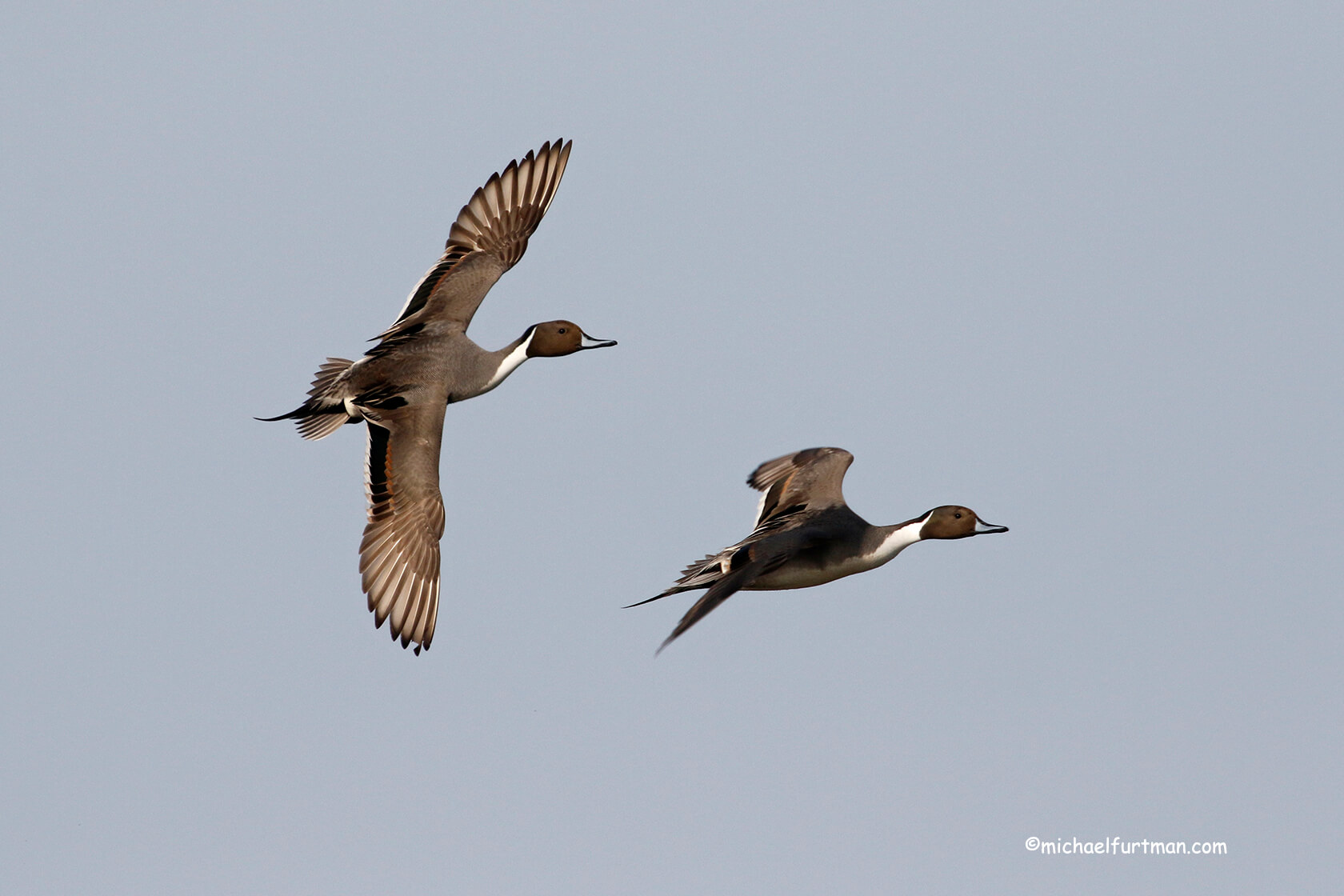2024 California Waterfowl Breeding Population Survey Results
Estimated breeding duck numbers are down 25% from last year.
Estimated breeding duck numbers are down 25% from last year.

The California Department of Fish and Wildlife (CDFW) 2024 Waterfowl Breeding Population Survey observed a decrease in the estimated total breeding duck population, down 25% from 2023, with an estimated average of 373,864 ducks, 30% below the long-term average (LTA).
"Despite another good water year, the lack of adequate nesting habitat, particularly in the Central Valley, continues to restrict waterfowl population growth in California," said CDFW Waterfowl Program Biologist Melanie Weaver.
Mallards: Estimated at 177,828, decreased 12% from 2023, 44% below the LTA. Sacramento Valley estimates were at a record low 29,695 ducks, 74% below the LTA.
Gadwalls: Estimated at 54,011, decreased 39% from 2023, 37% below the LTA. Gadwalls too had prominent declines in the Sacramento Valley (-93% from LTA).
Northern Shovelers: Estimated at 47,015, decreased 56% from 2023, 35% above the LTA. "The decline in shoveler numbers between 2023 and 2024 is likely attributable to weather conditions. Heavy precipitation in the late winter of 2023 produced extensive sheet water that possibly led to many northern breeding species remaining in California for longer than usual,” says DU western regional waterfowl scientist Dan Smith.
Cinnamon Teal: Estimated at 46,097, increased 38% from 2023, 9% above the LTA. San Joaquin Desert population estimates were at a record high 428% above the LTA.
Canada Geese: In the Northeastern stratum, which is used to monitor the traditional breeding population within California, the population decreased 43% from 2023, with an estimate of 34,242, which is 22% below the LTA. Conversely, gosling estimates increased by 158% from last year to 5,461, 76% greater than the LTA.
Spring rains in March and April were at or slightly below normal, but the snowpack was above the long-term average across all representative survey areas. Combined with full reservoirs, habitat conditions have continued to improve since the end of the last drought (2020-2023).
Tule Lake (TLNWR) and Lower Klamath National Wildlife Refuges (LKNWR) received enough water to fill both Sumps (1a and 1b) on TLNWR, and multiple wetlands on LKNWR that have been dry since 2019, creating “ideal conditions” for production. However, above average summer temperatures and limited water deliveries present threats to habitat conditions.
In March, over 20,000 acre-feet of much-needed water was delivered to Lower Klamath and Tule Lake National Wildlife Refuges (NWR) with the help of Ducks Unlimited (DU) and its partners at the Tulelake Irrigation District (TID) and the U.S. Fish and Wildlife Service who activated Pumping Plant D for the first time in four years.
“With a 25% decline in breeding ducks, the importance of Ducks Unlimited’s conservation work cannot be overstated," said Jeff McCreary, director of operations for the western region. "For nearly 40 years, DU has been an active partner in California, restoring floodplains, ensuring water deliveries for managed wetlands, and protecting vital habitats for waterfowl and people.
Earlier this year, DU partnered to bring much-needed water to the national wildlife refuges in the Klamath Basin, a key California waterfowl production area that has been dry the last few years. This complements our many other efforts throughout the state and the Pacific Flyway to support California’s waterfowl.
Read CDFW’s release here.
Media Contact
Nathan Ratchford
Conservation Communications Coordinator
(570) 406-4925
nratchford@ducks.org
Ducks Unlimited uses cookies to enhance your browsing experience, optimize site functionality, analyze traffic, and deliver personalized advertising through third parties. By continuing to use this site, you agree to our use of cookies. View Privacy Policy